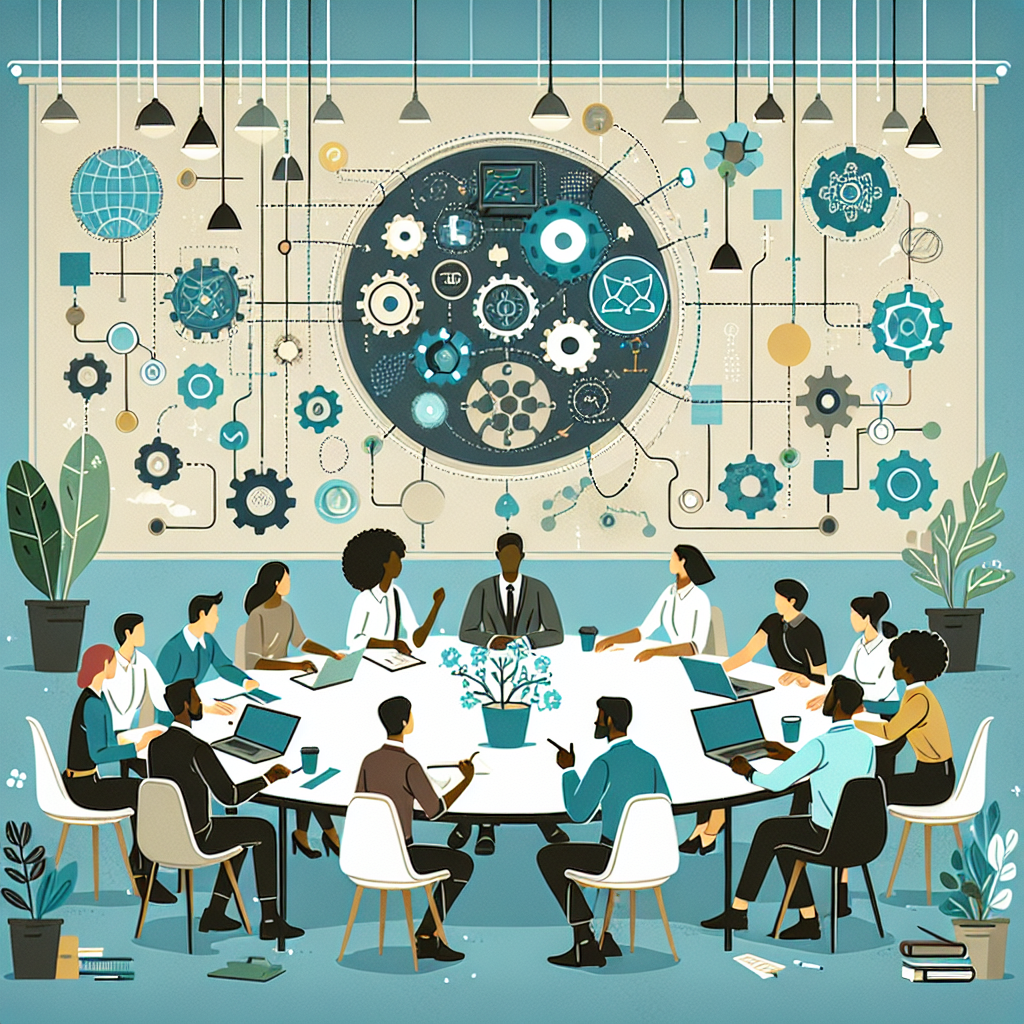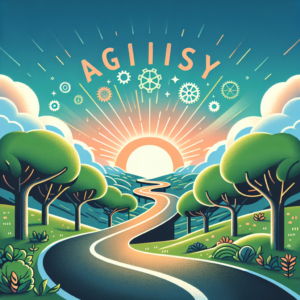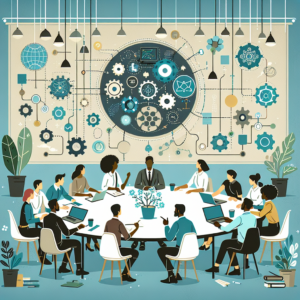Understanding LeSS Principles and Practices: A Comprehensive Guide
Welcome to a deep dive into Large Scale Scrum (LeSS)! 🌟 If you’re navigating the world of agile methodologies, you’ve probably come across LeSS. But what exactly is it, and why should it matter to you? In this blog post, we’ll break down the principles and practices of LeSS, providing you with actionable insights to implement in your organization. Let’s get started!
Table of Contents
1. Introduction to LeSS
2. Key LeSS Principles
3. Essential LeSS Practices
4. How to Implement LeSS in Your Organization
5. Conclusion
6. FAQs
Introduction to LeSS
LeSS, or Large Scale Scrum, is an agile framework designed to help organizations scale Scrum to large teams. It’s a lightweight, simple framework that retains the simplicity of Scrum while extending its benefits to larger, more complex projects. LeSS encourages teams to work together cohesively, fostering a collaborative environment that enhances efficiency and product quality. 🚀
Key LeSS Principles
Understanding the core principles of LeSS is crucial for effective implementation. Here are the fundamental principles that guide LeSS:
1. Customer-Centric Focus
LeSS prioritizes delivering real value to customers. By focusing on customer needs, teams can ensure that every sprint results in a product increment that is valuable and usable. 😊
2. Whole Product Focus
Unlike traditional methods that might isolate product parts, LeSS emphasizes viewing the product as a whole. This holistic approach ensures that all components work seamlessly together, enhancing overall functionality.
3. Lean Thinking
Inspired by Lean principles, LeSS encourages minimizing waste and maximizing value. This means streamlining processes, reducing unnecessary steps, and continuously improving workflows.
Essential LeSS Practices
Now that we’ve covered the principles, let’s explore the practices that bring LeSS to life:
1. Sprint Planning
In LeSS, sprint planning is a collaborative effort involving all teams. This ensures alignment and clarity on the goals and deliverables of the sprint. 🗓️
2. Daily Scrum
The Daily Scrum in LeSS is held at both the team level and a broader level, often referred to as the ‘Overall Daily Scrum’. This practice ensures that all teams are on the same page and any issues are quickly addressed.
3. Retrospectives
Regular retrospectives allow teams to reflect on their processes and outcomes, identifying areas for improvement and celebrating successes. This practice is vital for continuous learning and adaptation. 🔄
How to Implement LeSS in Your Organization
Implementing LeSS can seem daunting, but with the right approach, it can transform your organization. Here are some steps to get you started:
1. Educate Your Teams
Begin by training your teams on LeSS principles and practices. Understanding the framework is essential for everyone involved in the process.
2. Start Small
Implement LeSS in a small part of your organization first. This allows you to test and refine your approach before scaling it up.
3. Foster a Collaborative Culture
Encourage open communication and collaboration across teams. A supportive culture is key to successful LeSS adoption.
Conclusion
LeSS is a powerful framework that extends the benefits of Scrum to larger projects, fostering collaboration and efficiency. By understanding and implementing its principles and practices, organizations can deliver higher quality products that truly meet customer needs. Ready to scale your Scrum practices? LeSS might just be the solution you’ve been searching for! 🌟
FAQs
What is the main benefit of using LeSS?
LeSS helps organizations scale their Scrum practices, improving collaboration and efficiency across larger projects.
How does LeSS differ from traditional Scrum?
While traditional Scrum is suited for smaller teams, LeSS is designed for larger teams and complex projects, maintaining Scrum’s simplicity while allowing for scalability.
Can LeSS be customized to fit specific organizational needs?
Yes, while LeSS provides a framework, it can be adapted to suit the unique needs and culture of different organizations.
Is LeSS suitable for non-software projects?
Absolutely! While LeSS originated in software development, its principles and practices can be applied to any industry looking to scale agile methodologies.
How long does it take to implement LeSS?
The time required for implementation can vary depending on the organization’s size, complexity, and existing agile maturity. Starting small and gradually scaling is often the most effective approach.













